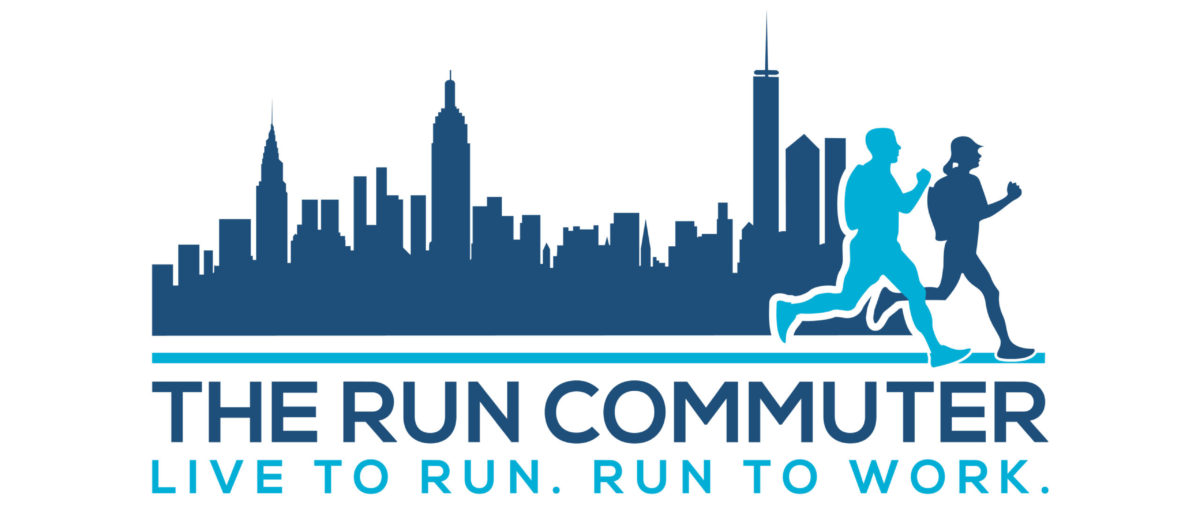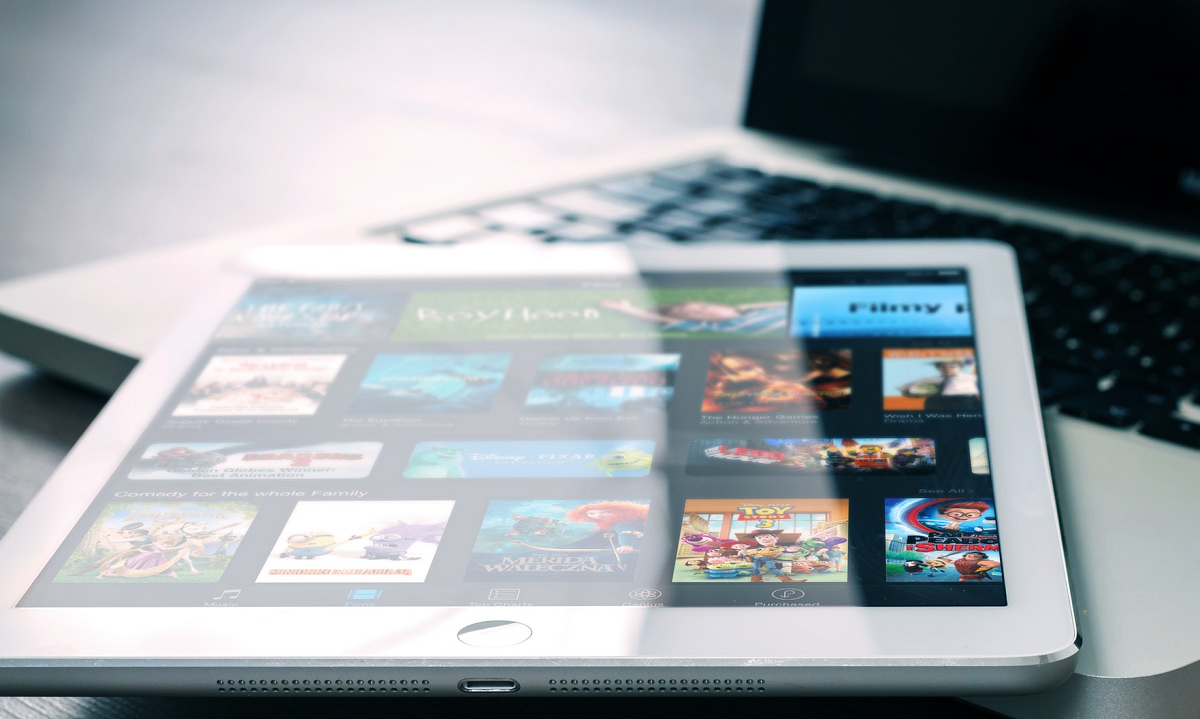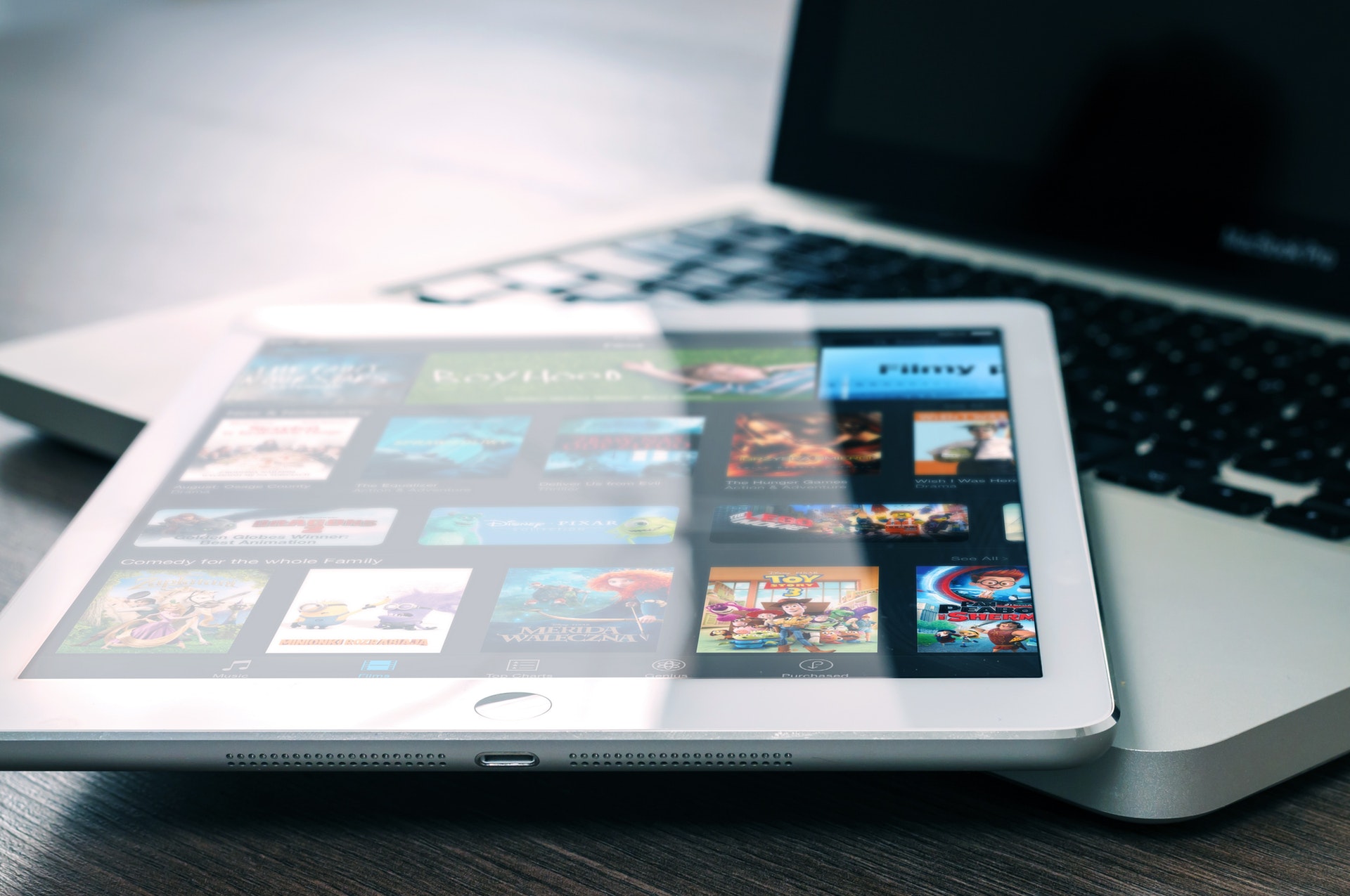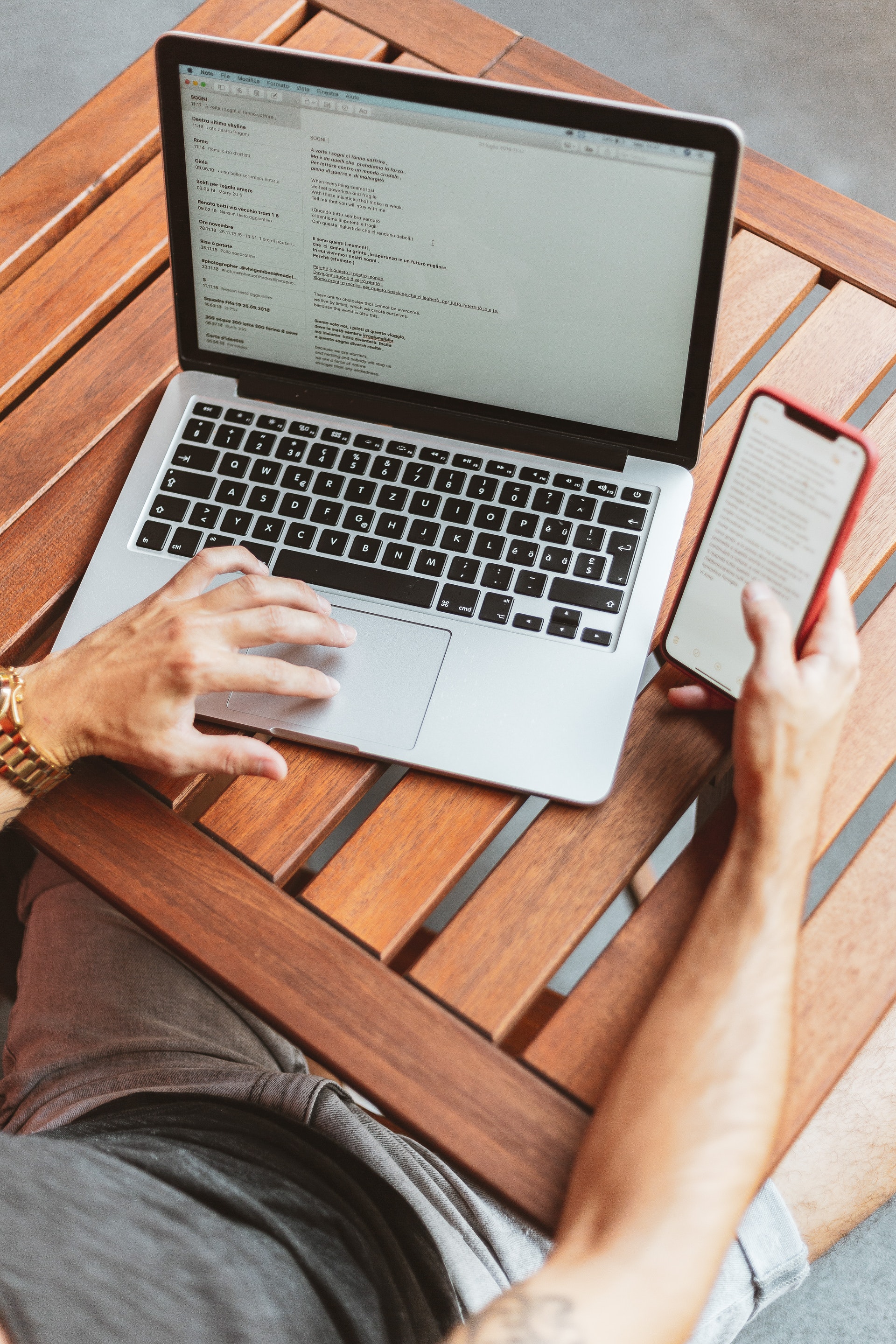I am able to run commute to work because of the advent of the tablet and the cloud. For others considering how they might take up run commuting, I offer these notes about my every day carry (EDC) with an emphasis on what happens every day after the “carry” is done. There is a movement dedicated to the concept of EDC, with websites showing off bags and what they contain, alongside lists of everything from lip balm and duct tape to cameras and knives. For a run commuter, the subject verges on an obsession. By definition, the run commute eventually ends, and then the work begins. So this blog focuses on how I earn my keep in the world.
Here is the background. I am a professor. My job occurs in three different venues: my own office; the classroom, in a building across the street; and, from time to time, a conference room or even off campus where a meeting has been called. I no longer have a desktop computer, and, even if I did, that would not be sufficient, since I am away from my desk too often.
I also am able to work at home quite a bit. That sounds like a luxury. Contrary to what some suppose (including students), the occupation of professor is not for the lazy, who loaf most of their waking hours, with naps intermittently. I would estimate that I work more cumulatively than when I was a practicing lawyer, and I billed more than 2750 hours at the firm in each of the two years I did that, a figure that holds its own even now in that competitive culture. It’s just that I control much of what I think about and where I spend my time. The level of autonomy, not the level of exertion, is the distinction.
I am old enough that when I had my first job as a professional, the law firm had terminals on a mainframe, and a couple of very heavy laptops to check out, the type with passive black and white displays; the latest technology was the fax machine, and we still had some that printed on rolls of thermal paper. When I quit, I splurged on an IBM ThinkPad 701, the design with the butterfly keyboard that cantilevered out beyond the case, with the eraser head pointer, and an active black and white display. I also kept a paper notebook, the type used in chemistry laboratories with hardcovers and a cloth bookbinding, and used a fountain pen, filled from a heavy glass jar.
Some students nowadays take notes on their smartphones. I wonder about that. Then I catch myself, because my implicitly judgmental attitude — what they would call “judge-y” — suggests that I am revealing merely that I am headed toward being a geezer, rather than that they have any problem. It can’t be worse than in antiquity elders frowning on literacy as deleterious to memory.
The point is that dependency on devices entails carrying around heavier stuff. There isn’t any way around it. I had thought about, but quickly rejected, the notion of printing out hardcopy lecture notes. That would take care of only the teaching aspect of my overall responsibilities. I would be much less productive. My workflow is based on access to digital documents. I can no longer imagine writing by hand as primary and regular.
I am on my laptop all day. I prefer its form to both a desktop and a tablet. I may have become accustomed to it, though I could switch. I like to move around, and a desktop cannot accommodate that. I keep multiple windows open, and a tablet cannot accommodate that. I’m a fast typist, dependent on a good keyboard, and I still have an old-school mechanical unit, with its clickety-clack assurance of productivity. The laptop is too bulky, however, for everyday carry.
My tablet is an iPad. It is not the largest model. I have looked at them with envy. They are too big to lug at speed. The extra real estate also is not necessary. The cloud service is Dropbox. Everything is uploaded there except photographs (for my other hobby, I utilize Lightroom, and switched to their cloud offering despite its shortcomings, a complaint for elsewhere).
The set up requires discipline. That is true of run commuting in general. That is beneficial, not detrimental, to personal well-being. It promotes good habits in other spheres, because it compels planning and organization. The routine is to have everything I expect to reference uploaded the night before. Although the iPad can write to the files, I utilize it to read them; it is a private display in the classroom. If I have files to share, I use a service the school subscribes to. I put the files there, then use the smart board to project them. I do the work I would do with a laptop, with a major exception. I do not do lengthy stints of academic writing at the office. I am comfortable with the limitation. I would do not much even if I had a laptop handy anyway. You have to be in the right frame of mind. For me that calls for solitude.
My personal conclusion, subject to revision as the appliances advance or I alter my life further, is that the tablet is a supplement to and not a replacement for the laptop. The operating system is great. But the lack of a physical interface for input is inefficient. Twenty years ago, I had a Compaq IPAQ Pocket Computer, the best PDA — personal digital assistant, the precursor to the smartphone, lacking primarily the connectivity of its successor — and with a stylus I edited my book on the fly. As much as I am a fanboy of the late Steve Jobs and the marvels he birthed to the world that was not yet aware it needed such gadgets, I cannot say that iOS would allow me to perform the same task at the same level of skill, which his ghost perhaps would attribute to my failures, and I would not begrudge the sentiment.
I actually have an alternative I have considered. I have an old MacBook that functions fine despite a cosmetic blemish that is my own fault, a scratch in the middle of the screen. I could leave this unit at the office. Then I would not have to carry anything at all beyond keys, a wallet, and a phone. It is my own laziness that has prevented me from implementing this idea. The hardware is reliable. The software, however, is all out of date. I have been tempted to wipe the drive clean and starting again. The better approach would be to install the latest versions of the few applications I have open constantly, which are for the calendar, word processing, email, and web browsing, and forget about what else is on the machine (saving it as a backup backup in the event all other copies of files were destroyed). Writing this blog has inspired me. I will dig through the closet for the case for this laptop that is obsolete primarily because marketing persuades us in order to sell a new model.
My hope that an entrepreneur will design a running vest tailored for this community may have come true. There appear to be many options, newly introduced to the market, some still only available as “pre-order,” specifically for the run commuter who wishes to bring a laptop and a change of clothes. I’ll be trying out what is available. Having had an opportunity to study the problem, i.e., every morning, I believe a backpack that cinched up very tight, had a lightly padded compartment, and mesh back to wick away sweat, but otherwise was minimalist, would be appealing. Even then, some of the products hold only a 13-inch laptop, not the 15-inch I own (and I doubt my household budget would allow the extravagance of another laptop). I’ll report back.
No doubt others have solutions worth sharing.



